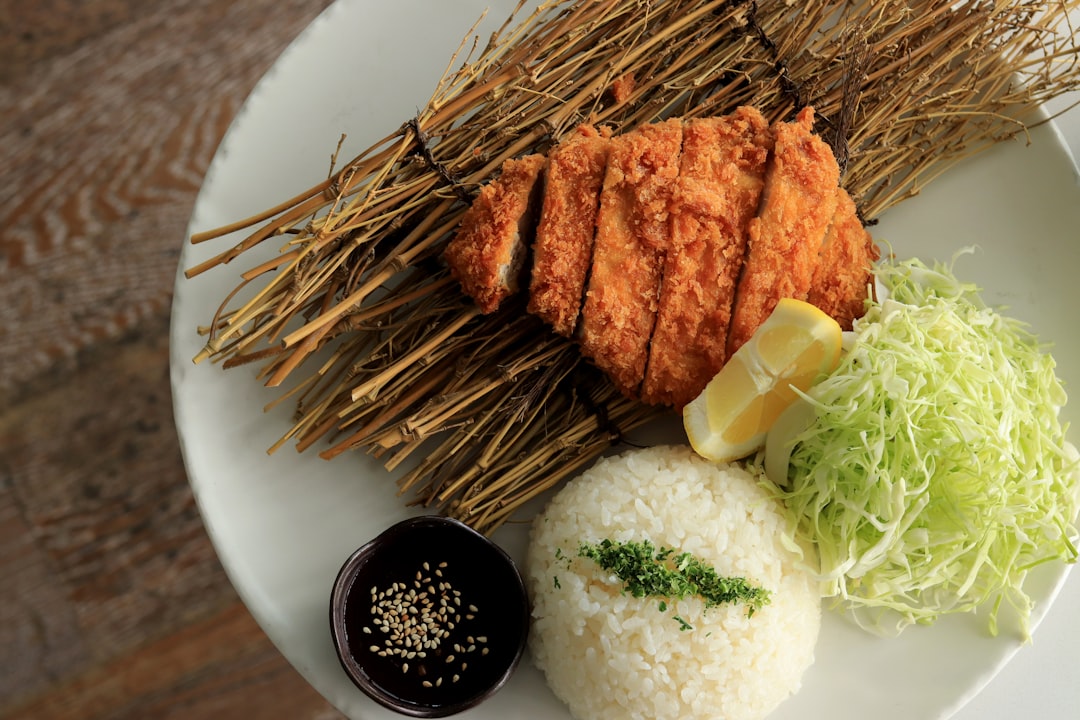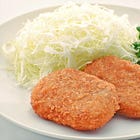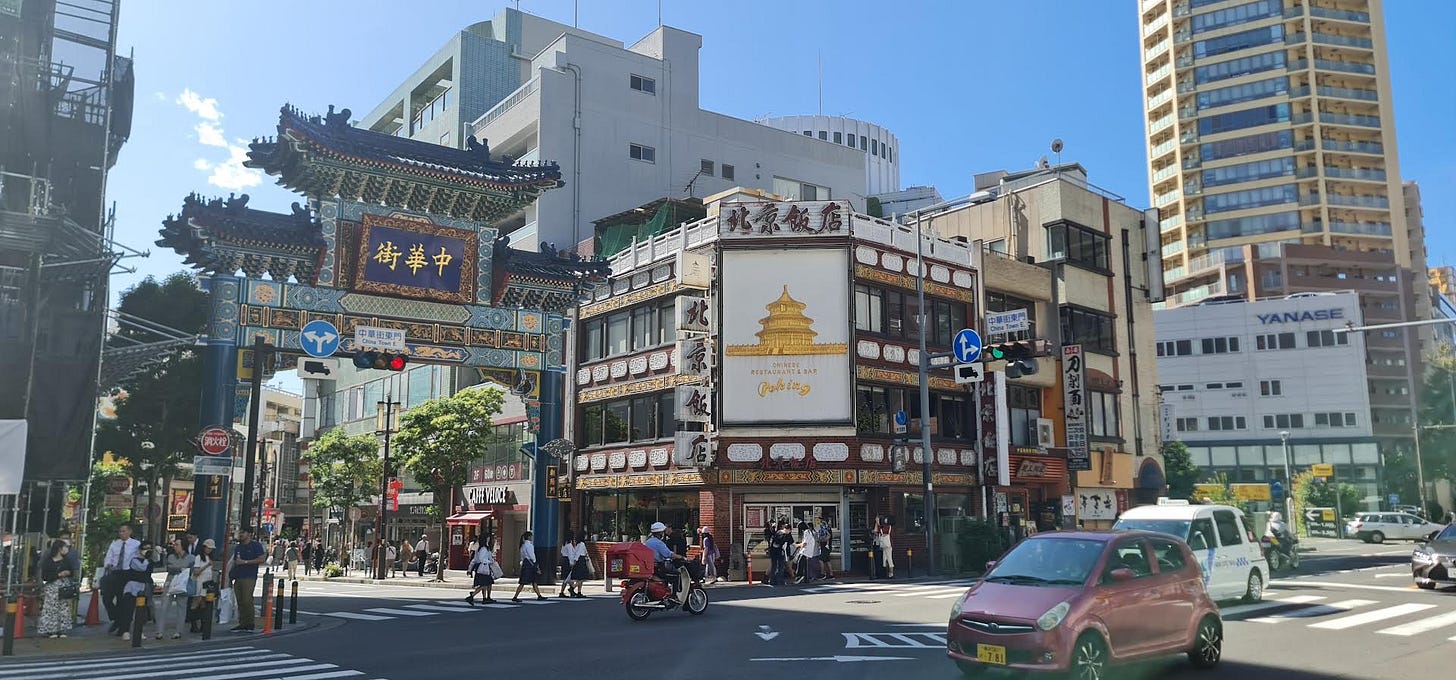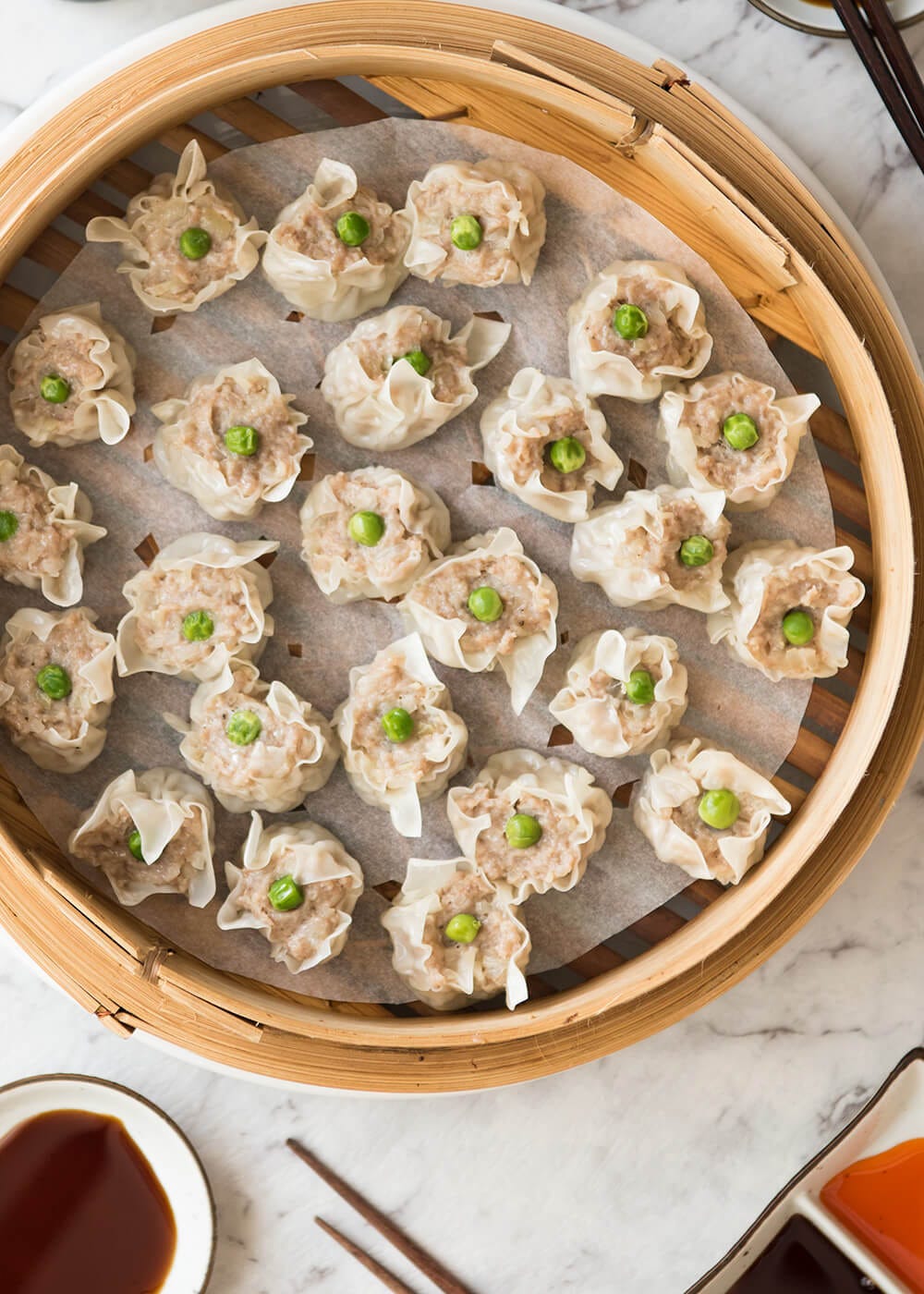This is a difficult year to discuss the nuances of Japanese and Chinese relations. The above sentence could also be applied to at least the past thousand years. I am neither qualified nor interested in tackling this topic as of now. Instead, I will look at a very tiny sliver of how these two Asian neighbours have interacted with each other.
Through the medium of food.
Specifically this article will discuss how Japan has interpreted Chinese food. Yes, once again Japan has made foreign flavours more palateable to themselves! This is yet another part in an ever expanding list of posts regarding Japanese adoption of foreign flavours, previously focused on the Western Yoshoku style.
This food is my food
Even among this small scope, it will be difficult to cover everything. Within the Chinese Japanese food category, I would separate them into the following categories.
Food that is correctly identified as Chinese, right down to the region of China. These would be mostly recognisable if transported back to China.
Items that are distinctly Chinese but have specific tweaks that make them more palatable to Japanese audiences.
Food that Japan claims as their own but is actually Chinese.
Finally we have food that Japan thinks is Chinese but would more accurately be Japanese. It would contain flavours that doesn’t match any specific food.
This article will focus on categories 1 and 2 as a starting place to give us a better understanding of Chinese food in Japan. In fact, I’ll focus on a specific region of China to narrow down the focus even further. This region’s name?
Forget it Japan, it’s Chinatown
No, this isn’t the regional cuisine of China, but I thought it would be the perfect setting to see what Japanese Chinese food is. Outside of China, I have never encountered a country without a Chinatown. If by some miracle you are unaware of the concept of Chinatown, I’ll give a quick rundown.
China is a big country with lots of people. Among these many people, there has been a subset that emigrate for better pastures. In many cases such as for Japan this started with lots of men involved in trading companies that end up staying in foreign ports, but other cases involve gold rushes or hard manual labour.
Due to Chinese people wanting a place where they could have some semblance of their home culture (eating traditional foods and speaking in Chinese) ethnic enclaves were quickly established. Also, most of the countries where Chinese people moved, didn’t want those Chinese people actually living near them.
While I have been referring to Chinese people as a giant cohort, each region have significant differences in both language, culture, and of course food. The Chinese migrants that first landed on the shores of their new residences were almost all from Southeastern China and mostly from the Guangdong, Fujian and Hainan provinces.
The reason was simple.
Southeastern China was the China closest to the rest of the world (minus Russia). In our age of flying, geography matters less. Back in the day though, if people wanted to buy Chinese goods or sell foreign things into China, you’d have to deal through a port in one of these locations.
This set a precedent for how the rest of the world saw China. The first impressions of Chinese culture and food were modulated through the fun house world of their local Chinatown. What’s more, these Chinatowns would showcase one specific region and language.
In Japan this was Cantonese.
Yamucha and Yum Cha
Where do you find the most authentic Cantonese food in a largely homogenous Japanese society?
We can first trace this style of food at the most clearly Chinese/ Cantonese restaurants of Japan. The giant Yum Cha halls in the giant Chinatowns. These should surely mirror the classic Yum Cha establishments of Hong Kong (or at the very least, like the ones present in international cities like New York or Singapore).
Yet even from the sign, there’s something amiss. If you’ve read the name of this chapter, you’ll see that these places aren’t called Yum Cha (as it would be pronounced in Cantonese), but rather Yamucha. This does allow me to use the different terminology to highlight their differences, and I’ll refer to the Japanese style of these places as Yamucha, and the more traditional Chinese versions as Yum Cha.
What does give reason for pause is even removal of the Chinese language for these very Chinese meal. I’ve seen Japanese-based Yamucha restaurants spelt out in katakana (ヤムチャ), rather than the already existing and understood Chinese kanji characters (飲茶). You must be thinking, all this semantics about minor linguistic semantics when what we should focus on is the food.
Reading the tea leaves
So is the food actually good at Yamuchas?
It depends what you mean. Even in the densely populated Chinatowns where Japanese and Chinese tourists alike visit, these establishments have a different interpretation on the classic Cantonese diner. Stepping past the sign, many of the restaurants will be set up in a cafe-like environment. This can be almost pleasant, especially compared to the typical Chinese layout of tightly packed tables with angry waiters ferrying carts at breakneck speeds.
However this lack of chaos means some luster is lost without the shuffle. First off, the menus. Yes, Yamuchas will provide a menu for customers to peruse, which while useful can take away from the Chinese style of just ordering from the trolley person.
There are classic Dim Sum dishes that have become a fabric of Japanese dining. Most popular is the Siu Mai, known in Japan as Shumai. Like the name, this Chinese dish goes through a minor transformation. In this case, it’s only a minor surgery from the Cantonese minced pork, shrimp and mushroom dumpling topped up with an orange crab roe dot.
These inner ingredients get morphed into a completely ground up pork and onion paste, repackaged into the same Siu Mai dimensions. Even this is topped up differently, with a green dollop of minced pea and horseradish. The facelift is complete and now the Chinese Siu Mai can be accepted into polite Japanese society.
The beloved Shumai forms their own group with other Dim Sum (known as Tenshin in Japan) dishes from Canton, in that they are popular and look mostly the same in Japan. Other Chinese dumpling dishes that you can find easily in Japan are Har Gau or Shrimp Dumpling, and the Shanghainese Xiao Long Bao, or Soup Dumpling.
However when examining the rest of the cheat sheet otherwise known as a menu, the list seems almost barren. Iconic dishes like beef tripe and chicken feet are left off almost every menu. Despite Japan’s propensity to use every other part of the chicken, it seems the feet are a step too far.
While I don’t think the loss of these classic options at Yum Cha restaurants in other countries isn’t enough to revoke the badge of authenticity, this honour would be turned away when they see what these dishes are commonly replaced by.
Popular Japanese Yamucha items include Peking Duck, Sichuan Chicken, and Mapo Tofu. These are all not Cantonese dishes but at least from their various prefixed regions of China. Still not unforgiveable, but to me the standard inclusion of kim chi, roasted Jamon Iberico ham, and sherbet is. These are just a mix of foreign foods, from Korea, Spain and Mars?, I have no idea about sherbet’s origins.
If all this is sounding like a buffet, then you’d be right. Almost every Yamucha in Japan’s Chinatowns are All You Can EAT. It means you can stuff yourself at the Yamucha near you and still not have eaten a single Cantonese dish!
I want to eat
Of course if you dig deep enough, it may be possible to find traditional Yum Cha in Japan. There should be enough Hong Kong and Chinese immigrants to demand that they exist. They are just hidden enough behind the facade of the newer Canto-Japanese style that is still preferred by Japanese tastes.
While I usually like to provide recommendations for places to eat, for authentic Cantonese food, I’m stumped. In all my time living and talking among locals, I’ve yet to encounter a restaurant that provides classic Cantonese cooking. Even in the depths of Tokyo’s Ikebukuro (the unofficial Chinatown), I have not found the flavours of the Hong Kong streets. Maybe the fact China is such a short flight away means that few people bother with making authentic Chinese cuisines.
So my recommendation is to embrace the cultural collision. Enjoy the all you can eat dim sums mixed with a variety of sauces, and take in the flavours of the Japanese Shumai.
A particular favourite is Yaumay in the heart of Tokyo, which knowingly subverts the Chinese menu for what they call “boutique dim sum”. They offer seemingly familiar dishes with their twist using Japanese ingredients (as well as offering Gold Caviar for Peking Duck). So a higher end experience, but a restaurant which lovingly pays tribute to the Japanese style of Cantonese dining.
Much like how American Chinese food like General Tso’s Chicken pushed out traditional styles for decades, Japanese palates has forced the classic flavours deep underground. Also like American Chinese food, this is not authentic but the dirty secret is that this hybridised food is still very tasty.
I’d like to know if you’ve encountered Cantonese Japanese food, and what you thought. Or even better, if you have found where I’ve failed, a truly authentic Yum Cha restaurant in Japan.









Well said. I never really craved Japanese food in. China or Chinese food in Japan because each country does its own cuisine so well. Rather, in the in between spaces where a lack of confidence in identity is where one starts to see this—in Taiwan, still quite Chinese, but anti-China, and strangely pro Japan despite being colonized by them for decades, there’s plenty of sushi..but most of it is not very good. I wasn’t a big fan of much of their interpretation of dim sum, either.
Fascinating! And now I’m feeling hungry. Sadly, it’s just a cheese-and-pickle sandwich in front of me today...